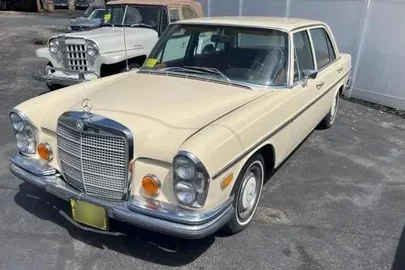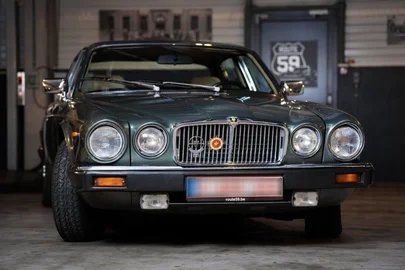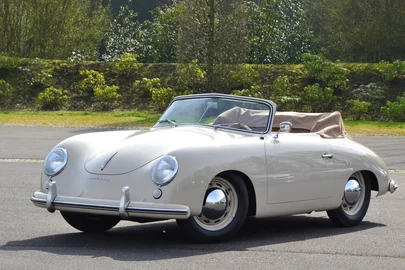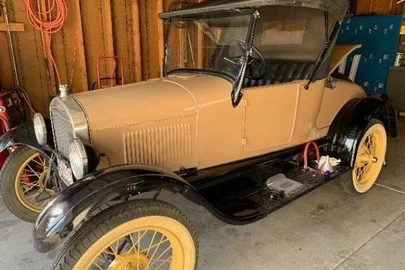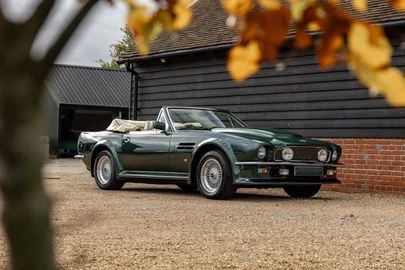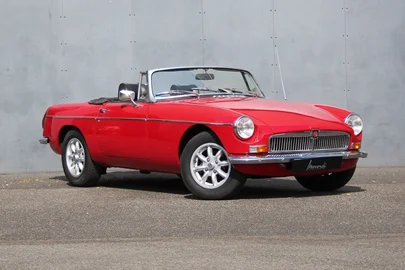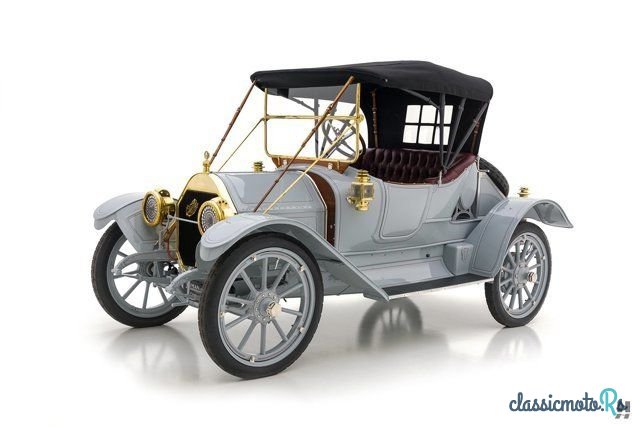
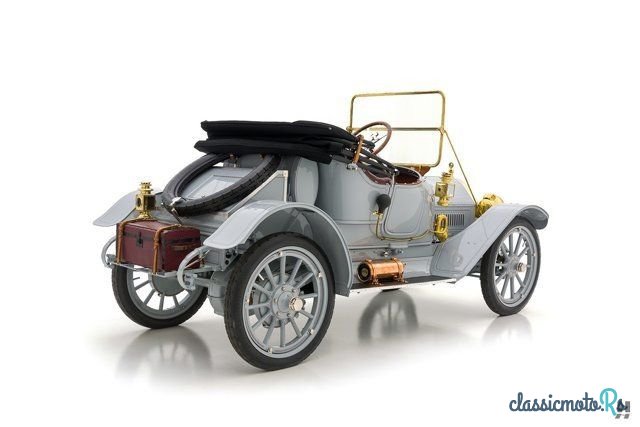
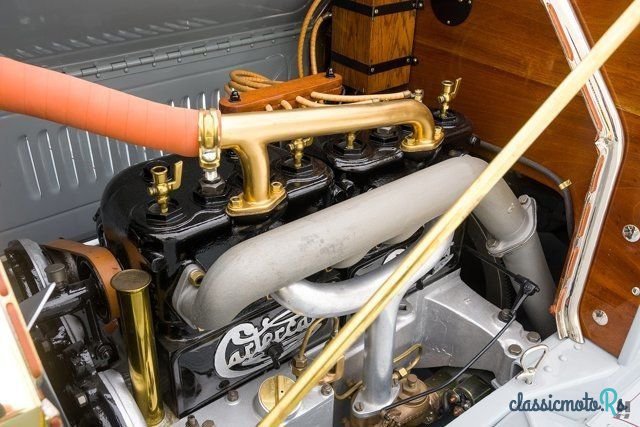
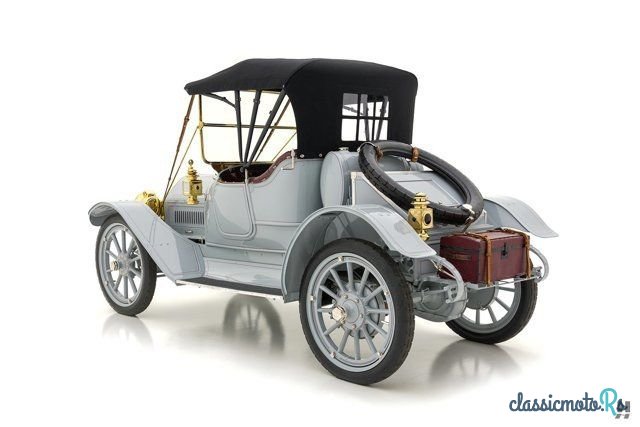
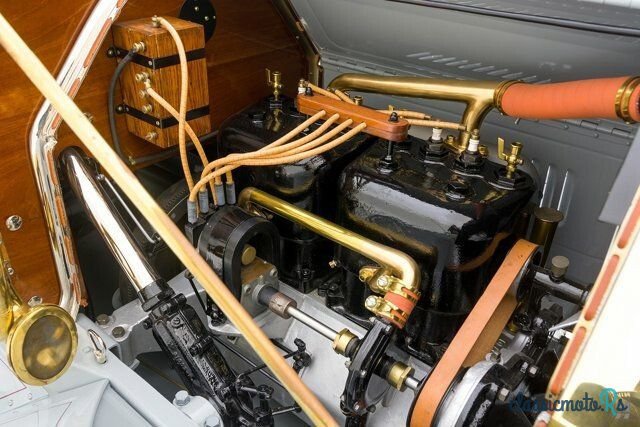
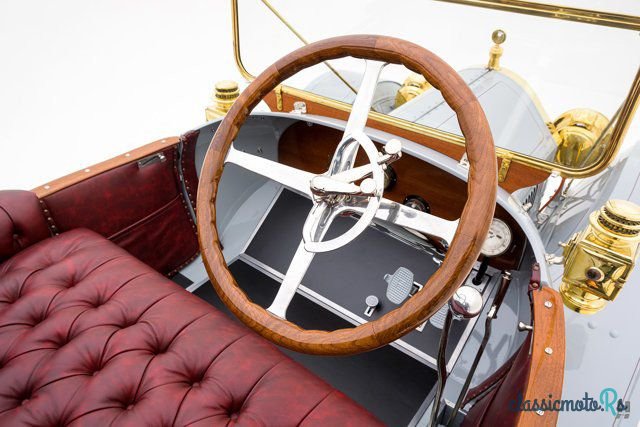
6 photos
1912' Cartercar Model R
Report This Ad!Rate This!Bookmark This
$175,000Published 26 June 2022ID: B0045Q
Expired
3 years, 5 months ago
3 years, 5 months ago
Information from the owner
Age: 110 years
Exterior color: Black
Seller's comments about 1912' Cartercar Model R
The Cartercar was the brainchild of the early American motoring pioneer Byron J. Carter of Jackson Michigan. Carter was an experienced engineer working for his family firm producing steam-driven printing presses rubber stamps and more and his inventive spirit spawned a steam-powered horseless carriage in the late 1800s. In 1903 he branched out of the family business to join the Jackson automobile company with several partners. Jackson produced a line of good quality but otherwise unexceptional single-cylinder combustion-engine cars. While there Carter developed and patented a gearless friction-drive transmission using two friction wheels with the drive ratio adjusted by repositioning one wheel on the other. His partners were uninterested in the concept leaving Carter to quit and relocate to Detroit where he found new financial backers and set to work on the new Cartercar.In period the press spoke positively of the Cartercar and marketing materials promoted it as The car with a thousand speeds no clutch to slip no gears to strip no universal joints to break The company also suggested that after 5000 miles the drive wheels friction material could be replaced for just five dollars considerably less than the cost of traditional transmission service. Sales were reasonable for a small upstart firm reaching 325 cars by 1908. Unfortunately just as Cartercar was starting to find its footing Byron Carter passed away suddenly at age 44 from pneumonia. But it was not quite the end of the line for Cartercar as it was swallowed up in 1909 by William C. Billy Durants new venture General Motors. Durant later admitted he had just bought the company to access the friction-drive system as it seemed like promising technology to own. The tumult continued in 1910 as the notoriously combatant Durant was tossed out of GM. Cartercar continued under the GM umbrella until 1915 and despite the addition of more powerful 4-cylinder engines (up to 45 hp) the Cartercar never met GMs expectations of 1000 cars per year and GM pulled the plug repurposing the factory to build Oakland cars.This 1912 Cartercar Model R is one of approximately 50 known survivors of this fascinating marque and is one of just three Model R Roadsters known to exist. With a superb highly detailed and extensively researched restoration this is undoubtedly one of the best restored and most authentic examples of a Cartercar found anywhere. It is stunningly presented in pearl gray paint beautiful oxblood leather upholstery and adorned with highly polished brass accessories and oxblood pinstripes. Sitting on a 112-inch wheelbase and 36-inch wheels this sporty two-seat roadster certainly makes a bold statement while on display or the road.Power comes from Cartercars L-head inline-four which sends power to the rear wheels via Byron Carters patented friction drive system. The engine starts readily and runs exceptionally well and the friction drive system operates as it should. Rated for 40 horsepower the big four is respectably powerful for its time offing plentiful torque and appropriately sporting performance to match the Model Rs style. The engine compartment is exquisitely detailed with beautiful black enamel on the cylinders a silver-painted crankcase and polished brass plumbing and hardware. Notably this is one of the only known cars with the original underbody splash pans which are critical for keeping the friction drive protected from the elements and were often removed for service and lost or sacrificed for scrap metal drives during war years. The undercarriage is finished to the same high standard as the body with superb gray paintwork and period-correct detailing.This superbly detailed Cartercar reflects the skill and expertise put into every aspect of its outstanding restoration. It represents the finest surviving example from this fascinating marque born during a period of unprecedented innovation in the American automobile industry. Offers welcome and trades considered

